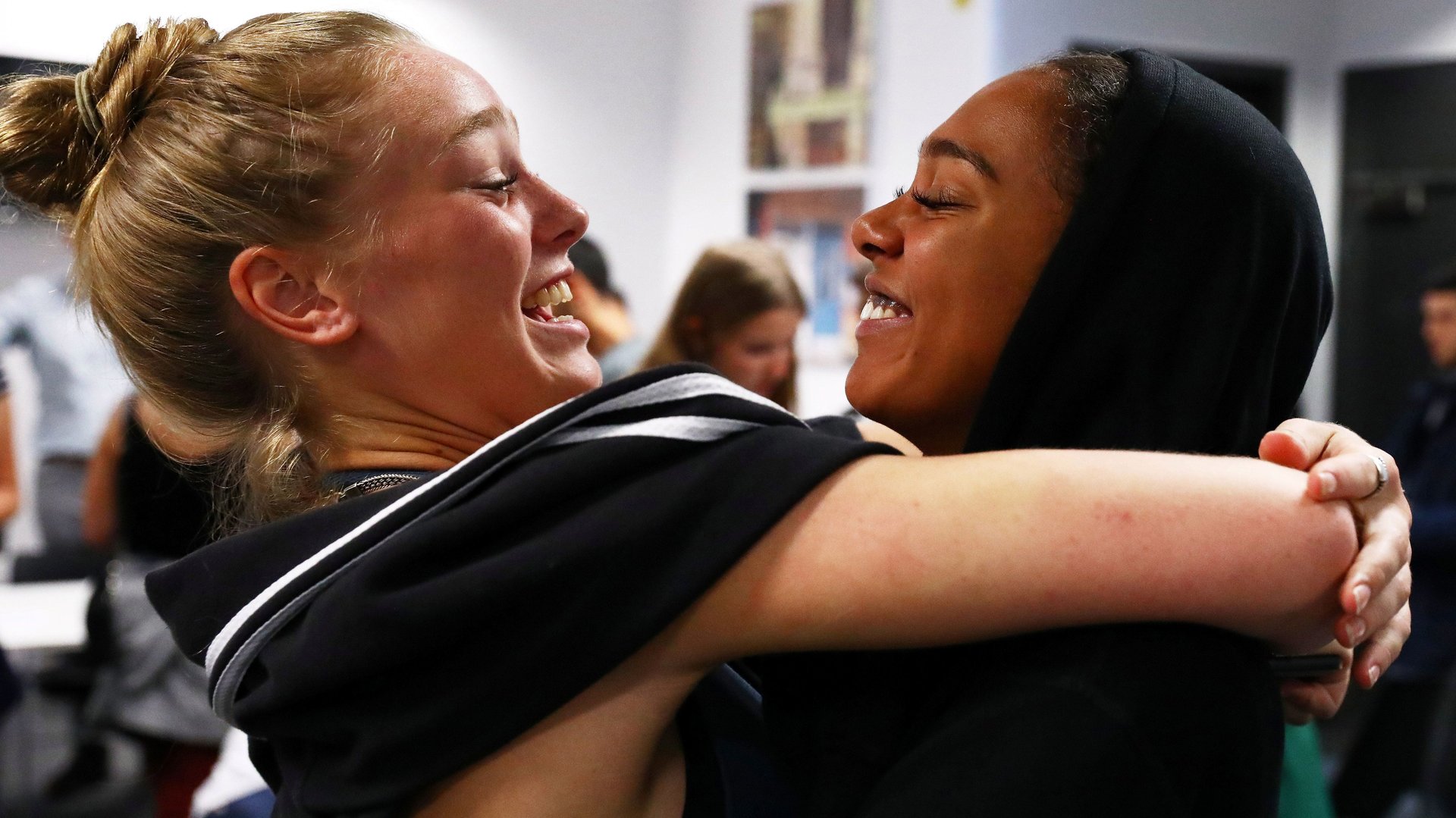Diverse schools have a bigger impact on attitudes to race than mixed communities
The key to racial harmony starts at school. In fact, diverse classrooms do more to promote tolerance among people from different backgrounds than simply living in an ethnically mixed area, according to a new study (pdf).


The key to racial harmony starts at school. In fact, diverse classrooms do more to promote tolerance among people from different backgrounds than simply living in an ethnically mixed area, according to a new study (pdf).
The paper, from the London School of Economics and the University of Bristol, found that students who attended diverse schools have more positive feelings towards students of different ethnicities. More importantly, the study found that better integrated schools had a more significant impact on young people’s attitudes than the ethnic mix of the local area. For example, in local areas with high proportions of British Asian students, white British students had substantially more positive feelings towards them, compared to schools where there are a lot fewer of them.
It’s not just about the numbers. The findings add to previous research that suggests that exposure to other ethnic groups didn’t necessarily foster social cohesion; meaningful interactions were also important.
Simon Burgess, professor of economics at Bristol University and co-author of the paper, suggests the study’s findings could be down to there being more “positive contact” between different ethnic groups in schools. Students who don’t personally know anyone from other ethnic groups who end up going to diverse schools see people from another group on a daily basis. They sit in the same class, hang out in the same playground, and have to do group activities. “It’s those small every day encounters, those small experiences and you start to think, ‘yeah maybe I was wrong, maybe these people are just like me,’” he says.
Researchers surveyed the attitudes of 4,000 teenagers in English state schools and combined that with data of the ethnic composition of schools and local areas. The first found that students have warmer feelings for their own ethnic group than for others. Burgess says this isn’t particularly surprising, as “people liking to hang out with people like themselves is a phenomenon that is found around the world.”
The study then measured what impact an integrated and segregated school system had on students’ attitudes. In a hypothetical city with 20% Asian pupils and 80% white, a fully segregated system would imply that Asian students experience 0% white pupils and white pupils experience 0% Asian students. Researchers results found that in a fully segregated system, approximately 47% of whites would have hostile feelings towards Asian pupils and around 30% of Asians would have felt the same towards whites. In contrast, in a fully integrated system, overall around 20% of pupils have hostile feelings towards the other group. The integrated system halved the more negative feelings students had to the other group.
The findings suggest that social cohesion efforts that focus on schools “would be potentially very effective,” Burgess says. But it also raises two difficult questions for researchers and policy makers: How do we ensure students get more contact in schools? And how do we create an environment that fosters better integration?